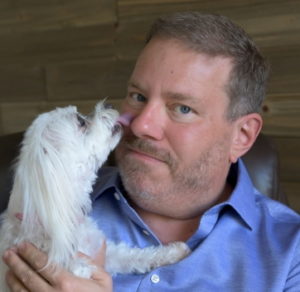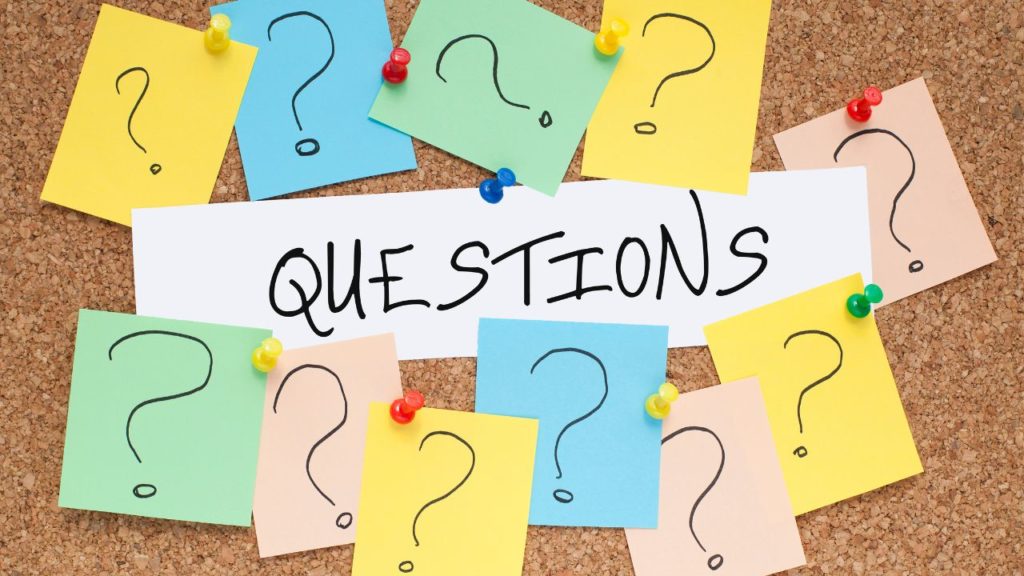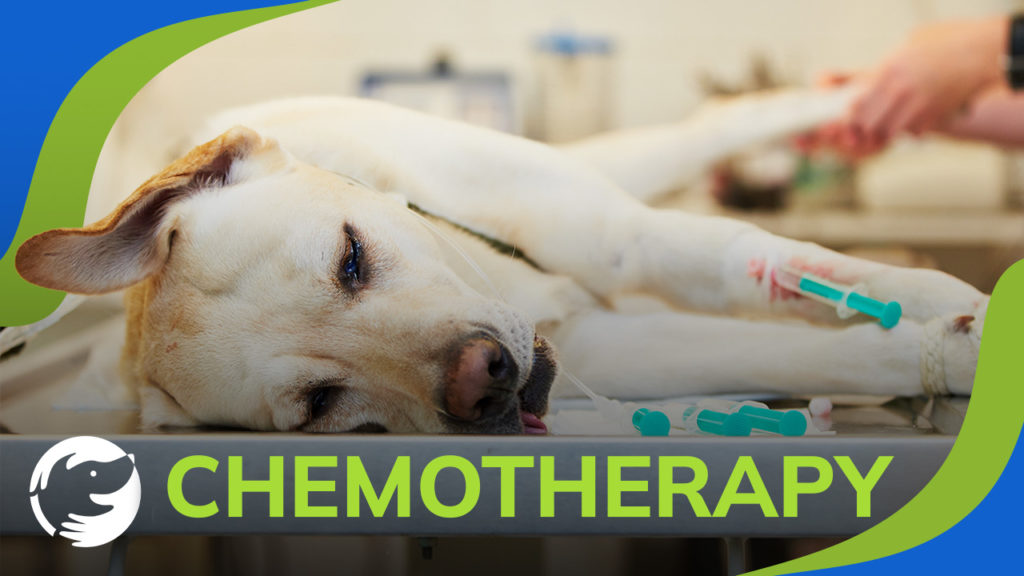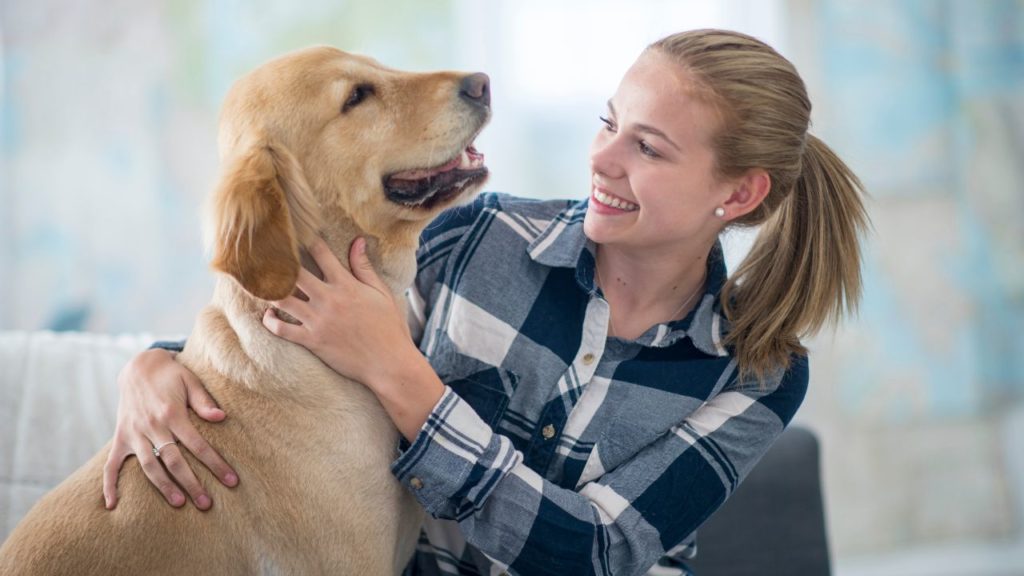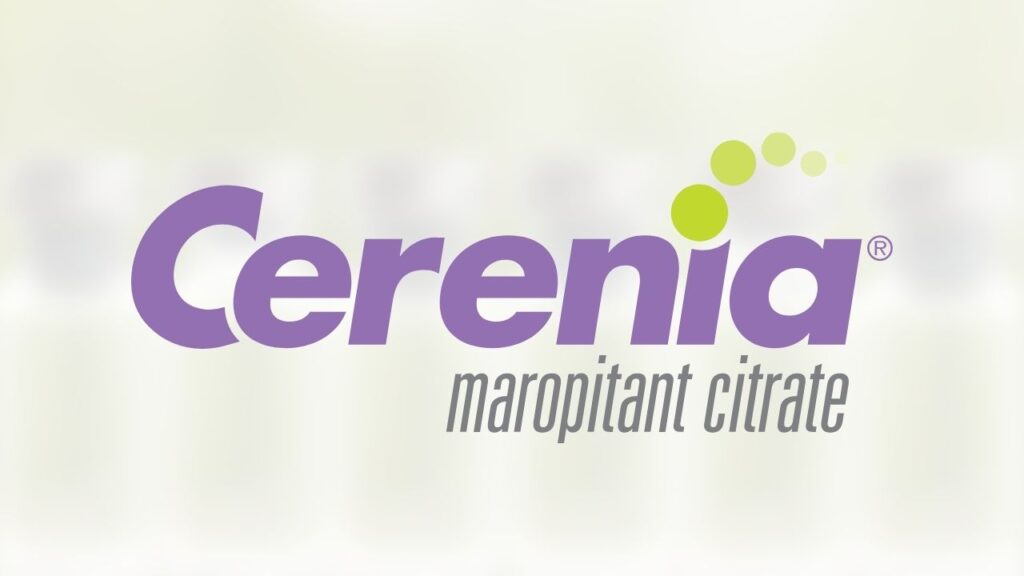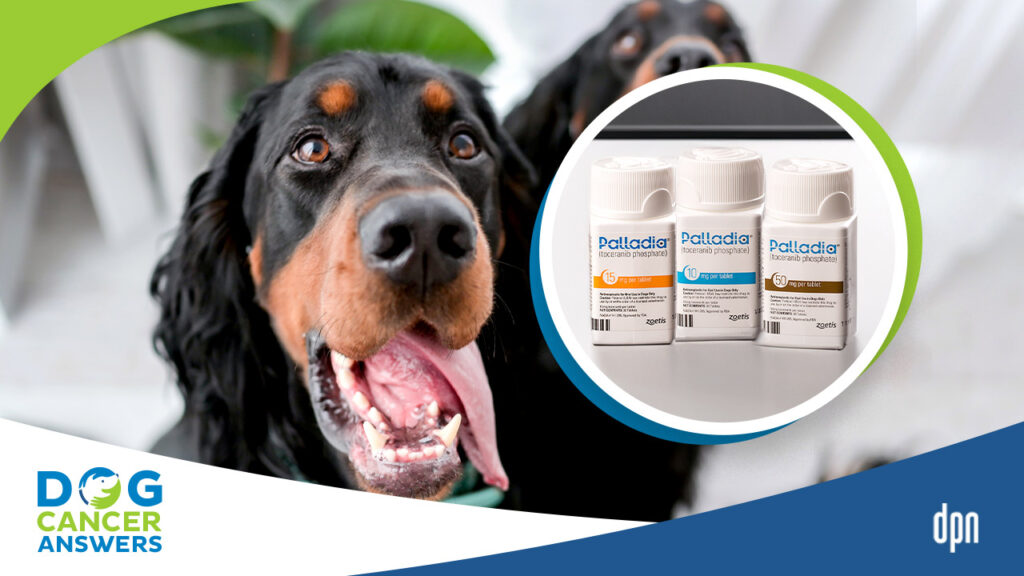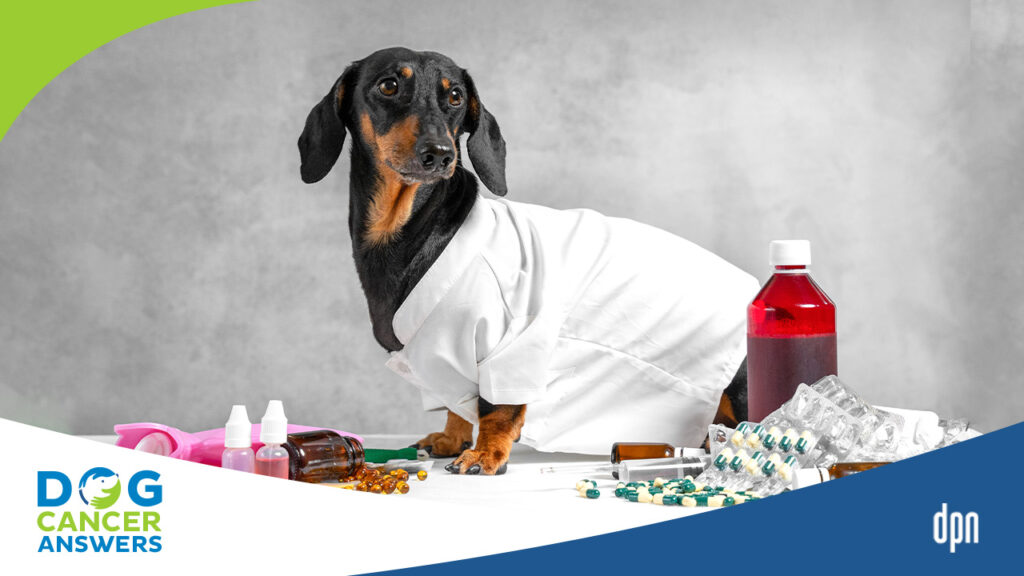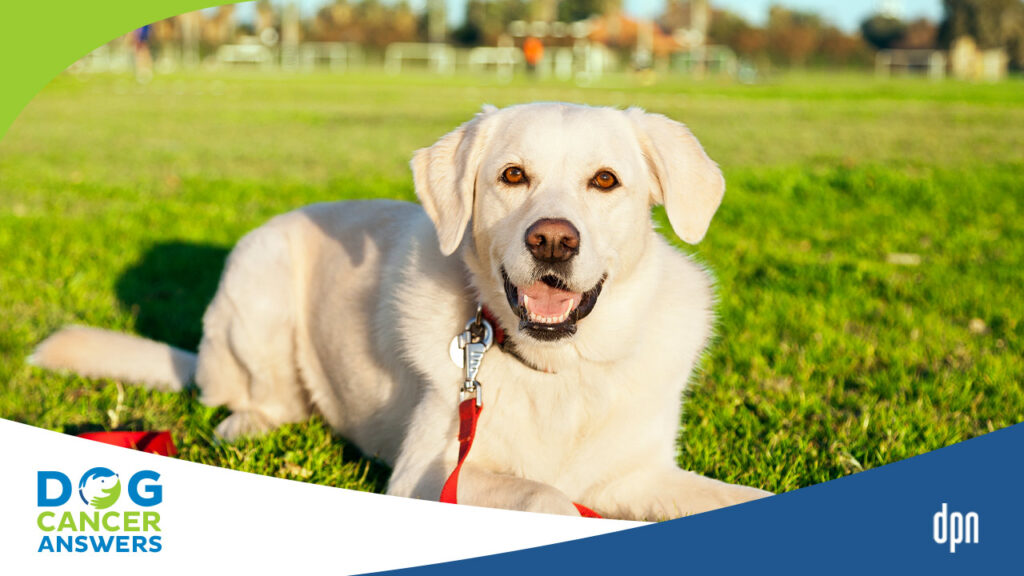EPISODE 54 | RELEASED May 15, 2020
Chemotherapy for Dogs Demystified | Dr. Sue Ettinger Deep Dive
How often does a dog really need chemo? Is there flexibility? What if I don’t have time? What if my dog hates the vet? Will my budget be taken into account? What are the side effects? Dr. Sue Ettinger, veterinary medical oncologist, answers your most burning questions about chemotherapy in today’s Deep Dive episode.
SHOW NOTES
The fact is that there are many myths and misunderstandings about chemotherapy for dogs. Listening to this episode will help you to decide for yourself if chemo fits into your own dog’s cancer treatment. And it might even explain to you why getting an oncologist onboard your dog’s case early may actually HELP you to make decisions later.
Dr. Sue Ettinger’s the co-author with Dr. Demian Dressler of the book The Dog Cancer Survival Guide: Full Spectrum Treatments to Optimize Your Dog’s Life Quality and Longevity.
The name of the appetite stimulant Dr. Sue mentioned is Entyce, and the anti-nausea medication is called Cerenia.
To find a boarded veterinary oncologist check the American College of Veterinary Internal Medicine’s website at https://acvim.org
>> Dr. Sue Ettinger: So, it is a balance of keeping the quality of life and treating the cancer as aggressively as possible.
>> Announcer: Welcome to Dog Cancer Answers where we help you help your dog with cancer. Here’s your host, James Jacobson.
>> James Jacobson: Thanks for joining us because today we are taking a Deep Dive into chemotherapy for dogs: what it’s used for, when to use chemotherapy, how to manage the side effects, and how to use your oncologist as your “cruise director.” Yup, as your cruise director.
To explore that and so much more, we’re talking to Dr. Sue Ettinger, also known as Dr. Sue Cancer Vet. She is a veterinary oncologist out of New York, and she’s got a wealth of information to share on this topic. So let’s listen to our Deep Dive conversation now.
Dr. Susan Ettinger, thanks for being with us today, again.
>> Dr. Sue Ettinger: Thank you so much for having me.
>> James Jacobson: Today, I want to do a Deep Dive into everything you wanted to know about chemotherapy for your dog, but were afraid to ask, and you’re the person to talk to cause — how long have you been an oncologist?
>> Dr. Sue Ettinger: Oh, you’re going to make me feel old, but I, uh, let’s see. I graduated vet school about 21 years ago, and I’ve been a boarded oncologist a little less than that, so maybe about 15, 16 years. But’ve been focusing on oncology pretty much since.
>> James Jacobson: Okay. And as an oncologist, you specialize in chemotherapy, right? Or do you also use radiation and surgery?
>> Dr. Sue Ettinger: Yes, as a medical oncologist, the treatment that I administer the most and that I direct most is chemotherapy. But I often call myself the cruise director because my job is to direct them of all three.
So I may see a patient and it may need surgery, or you know, it’s first surgery before it even gets chemotherapy, or may need more surgery and then come back to me for chemo, or it may not need chemo. But it may just need monitoring, or I may talk to them about radiation. So my job is to understand all three of those treatment modalities and where they’re going to fit in for that patient.
Even though the one that I do is chemo. So I don’t do surgery anymore, but I definitely need to understand where that’s going to fit in for that cancer patient.
>> James Jacobson: My understanding is if you can cut it out, that’s the first thing you should do.
>> Dr. Sue Ettinger: Absolutely. I mean, I would have to say if you have to think of like what’s the most important treatment of the three that you mentioned for most cancers, except for like lymphomas and leukemias, surgery is going to be the most important.
With that said, I still think most cancer patients should see the medical oncologist because we really have that whole cancer patient approach.
So even if it’s a cancer, a malignant cancer, like a soft tissue sarcoma that I’m going to send to the surgeon, it’s going to need to see me for monitoring and interpreting that biopsy report, and deciding whether it needs chemo.
So you still, in my opinion, always want that medical oncologist involved for malignant cancer, even if we’re not going to give chemo.
>> James Jacobson: Okay. when I looked at the statistics years ago, there weren’t that many of you out there. There weren’t that many veterinary oncologists around the world. How many are there in the U S now?
>> Dr. Sue Ettinger: In the U S and Canada there’s about 450, so yeah, that’s one of the reasons that I go out and I lecture to primary care veterinarians and I do consultations and things like that. And we’re often clustered in big Metro areas, right, so there’s,
>> James Jacobson: You’re all like — you’re in the New York area, there’s a whole bunch.
>> Dr. Sue Ettinger: Yeah. So my colleagues and I will, there are certain parts of the country that we call the desert. You know, you may have to drive 10 hours to see a specialist. So it’s definitely a problem that there are not enough oncologists for all the cancer cases out there. Definitely.
>> James Jacobson: Okay, so let’s talk a little bit about chemo, since other than surgery, that’s the thing that happens. Cause radiation is rather infrequent, right? That’s the least used method.
>> Dr. Sue Ettinger: A radiation oncologist may argue with you, but yeah, I’m a medical oncologist. I’ll go with it.
>> James Jacobson: Statistically. Okay. Well, there’s so many different types of chemotherapy agents, so many different protocols, and it’s dependent on the type of cancer the dog has. Discuss that a little bit.
>> Dr. Sue Ettinger: Yeah. I mean, there’s still the core chemotherapy drugs that we use for the most common cancers that we see. So, you know, I have like maybe 10 chemo drugs that I’m using on a consistent, regular basis. But yeah, the protocols will vary. Depending on the type of cancer that it has, whether it’s a dog or a cat, and sort of the current research that’s out there.
>> James Jacobson: And then there are two types of chemo, right? There’s the chemo that you administer in the clinic, and then there’s like metronomic chemotherapy, which is something that you do at home through a pill.
>> Dr. Sue Ettinger: Yeah. So the traditional chemo — what I call traditional chemotherapy — cause that’s sort of what most owners, most people in the world think about when they think about, “Oh, I need chemotherapy or my pet needs chemotherapy.”
The classic chemotherapy is: my pet is going in, or I’m going in and I’m getting intravenous injectable chemotherapy, and that’s often — we call that Maximum Tolerated Dose chemotherapy. Some of that is actually in oral form, in pill form.
The one that you’re talking about, metronomic, is this low-dose continuous oral chemotherapy that we’ll use in certain situations, but the classic chemotherapy that we’re using for lymphomas and osteosarcoma and hemangiosarcoma, that’s going to be traditional Maximum Tolerated Dose chemotherapy.
>> James Jacobson: And I do want to get into MTD or Maximum Tolerated Dose in a moment, but let’s first of all talk about the chemo drugs that are administered intravenously. What’s the process? And how many doses or how many administrations are done generally?
>> Dr. Sue Ettinger: Really depends on,
>> James Jacobson: I knew you were going to say that.
>> Dr. Sue Ettinger: Well, you know, it really depends on, on the cancer. So I think it’d be easier to talk about some of the more common cancers.
So lymphoma, one of the most common cancers that we see in dogs: the best chemotherapy is a multi-agent chemotherapy protocol that’s called the CHOP chemotherapy protocol. And that is weekly for five months.
That’s probably one of the most, I’m going to say, intense chemotherapy protocols, where your dog is going in on a very consistent regular basis. After every four weeks in general, they get a week off, but that’s a good amount of visits, you know that they’re going in for chemotherapy. Again, one of the more intense chemotherapy protocols,
Then, there’s bone cancer, osteosarcoma. In that one, they’re usually going in every three weeks, and we’re giving a single drug for six doses, so it takes about four and a half months to do. So, the drug that we’re giving for osteosarcoma’s completely different than the multiple drugs that we’re giving in the lymphoma protocol.
So it varies. With that said, for lymphoma, sometimes owners don’t want to do this weekly protocol, so we have plan B protocols where we can go to a single agent every three weeks or an alternating protocol every three weeks.
So that’s why it’s hard to say, this is how we give chemotherapy to dogs. It really depends on the dog, the owner’s budget, their schedule, how often can they get there? Maybe other medical conditions that are going on with the dog that may limit some of the drugs that I can use, based on side effects and things like that. So that’s why there’s special, you know, medical oncologists out there.
>> James Jacobson: That’s why it depends.
>> Dr. Sue Ettinger: Yeah, it really does depends. I’m not trying to not answer the question, but that’s why it depends.
>> James Jacobson: Yeah. So you customize it based on that dog and that dog lovers situation in terms of the frequency and the drugs you use.
>> Dr. Sue Ettinger: Yeah, and their budget, and like I said, and how often they can get to the clinic and things like that.
Like, sometimes I have owners that have pet insurance, so budget’s not the issue, but they’re like, you know what, I’m really looking for a protocol that I can come every three weeks because of X, Y, and Z going on in my family’s life. And I’m like, okay, well let’s find a protocol that fits for you and your family.
>> James Jacobson: Let’s discuss this issue of MTD, maximum tolerated dose. What does that mean and what is the significance of that?
>> Dr. Sue Ettinger: The protocols that we’ve been talking about for lymphoma and osteosarcoma, so that is you’re giving — and this is the same for people — you’re giving the highest dose that the patient in theory can handle without getting really, really sick.
So, in most patients in dogs and people the — the fancy doctor word is the “dose limiting toxicity” — is usually the low white blood cell count. So we are giving chemotherapy — you know, the goal of chemo — let me back up. What’s the goal of chemo? It’s to kill cancer cells, right? We want to kill rapidly dividing cancer cells.
Unfortunately, there’s three sets of cells in the dog and the people body that also turn over on a pretty high rate, and I call them the innocent bystanders.
And when we’re giving maximum tolerated dose chemo, why don’t we give more chemo? Because we would cause such a low white blood cell count that patients would get infections and die.
So we’re limited on how much chemo we can give. We want to kill those cancer cells, but we don’t want to make the patient’s life so miserable, or make them so sick that they can’t tolerate treatment.
In people, and one of the things that scares people when we’re saying we want to give chemo to dogs, right, is people get really sick from chemotherapy.
One of the reasons, Jim, that I like my job, and I don’t mind recommending chemo, is dogs tolerate chemo really well.
So about 80% of dogs don’t have significant side effects, so they don’t end up in the hospital vomiting. They don’t end up in the hospital with sepsis and the crazy infections and things like that.
So chemotherapy is very well tolerated in dogs and they don’t lose their hair coat.
>> James Jacobson: Why is it different for dogs than people? Is the dose less? Is it because of this MTD. They are not giving as much?
>> Dr. Sue Ettinger: Yes. <<laughs>> It’s two things. I mean, one is a lot of the chemotherapy protocols were designed to maintain quality of life.
There is a recent discussion in veterinary oncology: should we be pushing chemotherapy dose a little bit more? There are protocols for lymphoma where they have looked: if we give higher dosages, will the dogs do better? And they don’t always. But we are always trying to balance keeping dogs happy and out of the hospital and not severely sick.
So, it is a balance of keeping the quality of life and treating the cancer as aggressively as possible. So that is a balance. And I do think dogs just do tolerate chemotherapy, but I think if 50 to 70% of dogs were ending up hospitalized, I don’t know that as many people would be treating dogs and cats.
>> James Jacobson: So there is sort of baked into the whole Maximum Tolerated Dose “well, we don’t want to give so much that the dog gets as sick as a human can get.” Cause you can talk to a human and say you’re going to be really sick, but then you’re going to get better. It’s hard to talk to a dog.
>> Dr. Sue Ettinger: Right, and I mean, as much as I’m saying chemotherapy as well tolerated, I mean — you could kill dogs with chemo if you give too much chemotherapy and you don’t know what you’re doing. And if you just push the dose too hard, I mean there can be severe side effects from chemotherapy. So, you know, I always tell people, you’re walking a really fine balance between killing cancer cells and maintaining a happy patient.
And I do pride myself on the fact that I have patients that can still have a great quality of life. Go to the beach. Still do agility or just hang out with their family, you know, on the couch and go run in the backyard, whatever it is that you know, Jake was doing before he was diagnosed, I really want most days to be as normal as possible, and they have that quality of life, not just after they finished chemo, but during chemotherapy as well.
So that’s really, really important to me.
>> James Jacobson: OK, let’s take a beat here and pause for a break, and when we come back, let’s get into side effects that I know listeners would like to know more about. More with Dr. Sue right after this…
Today’s episode of Dog Cancer Answers is brought to you by the best-selling animal health book, The Dog Cancer Survival Guide: Full Spectrum Treatments to Optimize Your Dog’s Life Quality and Longevity by Dr. Demian Dressler and Dr. Susan Ettinger (who’s our guest today). And in a minute I will tell you how to get their book at a discount.
If you’re wondering if your dog should get the surgery, chemo or radiation recommended by your veterinarian, Dr. Sue’s book will really help you decide. Chapter 11, for example, goes over the “behind the scenes” details for conventional treatments that your vet probably doesn’t have time to explain.
And if you look up your dog’s cancer in the section of the book that Dr. Sue dedicated to individual cancers, you’ll get the information that you need about the most common cancers and what protocols are usually used for those cancers.
In addition to covering all the conventional treatments so that they’re no longer mysterious, the book goes into so many other things that are appropriate for nearly EVERY case of cancer, including botanical nutraceuticals, and supplements, nutrition and mind-body medicine.
There is also in-depth advice on how to analyze your options and develop a specific plan for your own dog based on your dog’s type of cancer and your dog’s age, your financial budget– and your time constraints, and your personality.
The Dog Cancer Survival Guide is available wherever fine books are sold– both online and in physical bookstores. The Dog Cancer Survival Guide is a 500-page book that has been described as the bible of dog cancer.
And podcast listener: I have got a coupon code for you if you would like to help support this podcast. Get The Dog Cancer Survival Guide right away direct from the publisher. Its available in paperback and there free shipping to any address in the USA. There is also an e-book edition that is under ten dollars.
The website to get either the paperback or the ebook (or both–and I do know some people who get both) is: www.DogCancerBook.com.
And you will save 10%… if you use the promo code “podcast” when you check out, you’ll save 10%. The website again: DogCancerBook.com. Use that promo code “podcast” for 10% off. That is www.DogCancerBook.com.
And we’re back. Let’s talk a little bit about the side effects, both the serious side effects and the unpleasant side effects that aren’t necessarily serious.
What are some of those in both those categories?
>> Dr. Sue Ettinger: So I said there’s three sets of cells that are rapidly turning over in the body, and that’s why we see those side effects.
So most dogs, you know, in people like that’s why they lose their hairs because our hair is growing continuously. Luckily most dogs, it’s not an issue. And to be honest, you know, if you do have a poodle or a terrier, like a Scottie or a Westie or a Maltese, they have continuously growing hair coat. They can have patchy areas of baldness, but they don’t care.
They don’t look in the mirror. They don’t. We love the way our dogs look … so I don’t really worry about that.
So then there’s low white blood cell count and GI related side effects. So GI, gastrointestinal, vomiting, diarrhea, loss of appetite. I’ll be honest, and there are new studies that now prove this:
Owners are okay in dealing with vomiting from chemotherapy, but they will stop chemotherapy if their dogs stop eating.
So to me, the most important thing to be able to prevent and be preventative and proactive with is appetite stimulants and nausea medications. You know, when our dog doesn’t eat, it is so tied to quality of life.
So that is a really, really important thing that we, I mean, it’s not like I blow off vomiting — so we use vomiting medications, we have diarrhea medications, we use probiotics to maintain happy gut health. There’s great appetite stimulants that have come on the market, like Entyce, in the last
>> James Jacobson: Amazing. I will, I will, I’ll put a vote in for Entyce after my dog had cancer surgery.
>> Dr. Sue Ettinger: Yeah.
>> James Jacobson: Whoa. That’s an amazing thing.
>> Dr. Sue Ettinger: So we have, you know, really good medications, but you know of the side effects from chemotherapy that I’m very much in tune with or want to be really proactive with, it’s really maintaining a good appetite, controlling nausea, and being on top of vomiting and things like that.
So there’s hair loss, there’s the gastrointestinal related ones, and then the third category is that low white blood cell count.
And if it does get really low, they can get infections and hospitalized. But in general, because we monitor, sometimes we use preventative antibiotics, we adjust chemotherapy dose if they get low white blood cell counts.
You know, the low white blood cell count issue is, doesn’t usually become a serious issue in most of my patients because I’m monitoring them so closely. But I think a good statistic for the listeners to know is that less than 5% of dogs get hospitalized to chemotherapy-related side effects. So not 50, not 75: 5%. That’s really low.
If it happens to their dog, it’s a hundred percent, like they don’t care, right, they don’t care that everybody else is home with their — and they’re paying the bill. But in general, I still, you know, comfort knowing that chemotherapy is really well tolerated.
And the other thing that I always like to remind people is if your dog does have side effects, whether they’re moderate or severe, we can adjust chemotherapy.
It doesn’t mean it’s game over, you know, stop chemotherapy, we can adjust. And that’s what my job is, to tweak things, adjust: lower dose, add more of this, you know — and I don’t mean add more chemo — like add more, you know, nausea meds, use Entyce and things like that. So I can, you know, tailor things for them.
>> James Jacobson: I think a lot of times people will do chemotherapy and then be given this whole collection of drugs that are often referred to as just-in-case drugs, like the anti-emetics and the diarrhea medicines and stuff like that. And they’re thought of as just in case, and maybe the owner doesn’t do it because, well, “I don’t think that’s going to be a problem, and I’ll use it just in case.” That’s actually not what you intend when you send them home, right?
>> Dr. Sue Ettinger: Yeah. So I call them just-in-case, and I do send them home on day one with their goodie bag of medications and a detailed instruction sheet, and we walk them through, and I also have a video.
I know it’s shocking, but some people like to read, some people like videos.
But one of the chemotherapy drugs that we use for lots of cancers is doxorubicin. And for that one, there are studies that actually show automatically giving Cerenia, the nausea medication, is better than waiting for side effects to happen.
And the reason I send home the nausea medication is your dog may have a side effect, you know, nausea from a drug that I’m not expecting it to. And at nine o’clock at night you don’t want to wait till the morning, you want to go, “Oh, I’m going to my goodie bag and I’m getting out the medication. I got my sheet right here from Dr. Sue, and I’m going to start Cerenia at nine o’clock at night.”
And that’s really just going to jump on it for your pet, so they’re feeling good and you’re not waiting nine hours till your vet opens up in the morning.
So we — my team and I — spend a lot of time on that first chemotherapy appointment saying. “When in doubt, use these medications. When in doubt, shoot us an email.” You know, we want you to do it, but there are going to be times we’re just going to say, “With this drug, I’m expecting your dog to get nauseous. We’re going to use it. Tomorrow, you’re going to start giving Cerenia first thing in the morning for four days after chemotherapy.
>> James Jacobson: You mentioned earlier the CHOP protocol. What does CHOP stand for?
>> Dr. Sue Ettinger: It’s a good question. So it’s an acronym for the drugs for the lymphoma. So the C is cyclophosphamide. The H is the chemical name for doxorubicin — guess they, you know, they wanted it to sound nice. So it’s, you know, H dash a long chemical name. O, you’re going to love this, it’s vincristine, which is the trade name is Oncovin, and the P is prednisone.
>> James Jacobson: Okay. So they worked really hard and maybe
>> Dr. Sue Ettinger: I didn’t make it up. I just use it.
>> James Jacobson: So there are four agents that are used in this very common protocol, but sometimes as you say, these are given a week apart or it depends.
Sometimes a dog will tolerate one of the agents really well, and then the next time it comes up, they don’t tolerate it well. What’s that about?
>> Dr. Sue Ettinger: That’s usually not true in my experience. Usually how a dog handles the drug the first time is indicative of how they will handle it the first time. So if they handle vincristine well the first time, it’s usually going to be smooth sailing most of the time through the rest of the protocol.
Same thing with vincristine and doxorubicin.
Occasionally, the sixth time they get vincristine they may have, but usually there’s not a cumulative effect the way that most owners worry about it.
But that is the reason why I always have them make sure they have a full stash of their just-in-case medications on hand at home.
So again, if they have an unexpected side effect, they can jump on it with the diarrhea medication or the nausea medication if needed.
>> James Jacobson: Is there any situation when you would not recommend chemotherapy?
>> Dr. Sue Ettinger: I’m never here to force anyone to give chemotherapy. I always tell people I’m here to educate and give you the opportunity to make an educated decision.
What frustrates me is when people come to see me two or three months after the diagnosis and say, “Oh, I wish I would have known that this was an option,” or “I was told that there are no options” or “that my dog is too old to give chemotherapy to.”
And that’s the thing that frustrates me, is when people weren’t given the option to make an educated decision or they were scared.
>> James Jacobson: So in general, do you recommend chemo for most cancers?
>> Dr. Sue Ettinger: Well, there are cancers that we don’t need chemotherapy. So a low-grade soft tissue sarcoma — which is a malignant cancer — that has been removed completely with nice big margins.
Many of the low-grade mast cell tumors don’t need chemotherapy.
So there are many oncology consultations that I do that people come to see me and we’ll do some testing, I’ll look over the biopsy, some of the mammary tumors, the breast cancers, don’t need chemotherapy. So not every dog with a malignant cancer needs chemotherapy.
So there are many cases, I say, nice to meet you, we’re just going into monitoring, and you know, so just because you’re seeing me doesn’t mean that I’m going to recommend chemo for sure.
>> James Jacobson: If you go to an oncologist, they may not decide to do chemotherapy.
>> Dr. Sue Ettinger: Absolutely.
>> James Jacobson: But they’re the specialists who can help you look at all the various aspects with surgery being the single most important thing that you can do.
>> Dr. Sue Ettinger: Right, and that’s why I was saying that’s why I call myself the cruise director a lot of the time.
There’s many times that I’m not administering chemo, but for like mast cell tumors, I say, I’m going to see you back every three months for the first year, and then we’ll start spreading appointments out, and we’re just monitoring.
I just saw a dog named Max, this little black and tan dog. He’s three years out from his mast cell tumor and we just monitor and we do imaging and exams and love. And you may have seen his picture, he was, for his 10th birthday, his mom got him, his birthday cake was a challah.
>> James Jacobson: A Jewish dog. That’s great.
>> Dr. Sue Ettinger: A Jewish dog, yeah, but that was his birthday cake. Yeah.
>> James Jacobson: That’s Awesome. Okay, Dr. Sue, thank you so much for being with us today.
>> Dr. Sue Ettinger: Thank you so much for having me.
>> James Jacobson: I want to thank Dr. Sue Ettinger for that Deep Dive into chemotherapy. I certainly learned a lot.
You know, we only have one oncologist here in Hawaii, and she’s on the island with most of the people, Oahu. Maui, which is where I live, is a pretty rural place, so I, like many listeners outside of big cities, don’t get to see an oncologist regularly.
I was especially struck by the idea of an oncologist as a cruise director, someone to oversee all aspects of care, even the ones that they aren’t performing. And I was reassured to hear that dogs tolerate chemo pretty well, in part because their doses are lower, and the quality of life is emphasized.
We’ve put links to articles from Dr. Sue in the shownotes for this episode, as well as links to the American College of Veterinary Internal Medicine website so you can look for an oncologist in your own area if you need one. You can find the shownotes in the app or on DogCancerAnswers.com.
If you’re enjoying Dog Cancer Answers, the best way that you can support this free podcast for dog lovers facing dog cancer is to subscribe– in Apple Podcasts or the app of your choice.
And tell a friend or even your own veterinarian and vet techs about this show. The more ratings, reviews, listens, and subscriptions that we get, the higher we’re ranked, and the more likely other people are to find us just when they really need us.
–TOUCH TONE SFX–
Ah, those touch tones, they are a reminder that Dog Cancer Answers is here to answer your question…
One of our dog cancer veterinarians could answer your question on a future episode of the show. To submit your question, please call our listener line and record it. The telephone number Is 808-868-3200 – 808-868-3200 – or visit our website at DogCancerAnswers.com.
And if you have an inspiring True Tail to share with us, please tell us your success story on DogCancerAnswers.com.
That is the website where you can also listen to or download our back catalog of episodes. It’s the best way to get the information you need to help optimize your dog’s life quality and longevity.
And in a moment I will tell you about our next Deep Dive episode about what to do when your dog just won’t eat, but first…
We would like to take a moment to thank our sponsor: The Dog Cancer Survival Guide book by Demian Dressler and Sue Ettinger. The book is available wherever fine books are sold both online and in physical bookstores. And remember, if you would like to help support this podcast, get the book today– direct from the publisher. The website is: DogCancerBook.com and use that promo code “podcast” to save 10% off. That website: www.DogCancerBook.com.
Coming up on our next Deep Dive episode of Dog Cancer Answers, Dr. Sue Ettinger will be back, and she will help us to troubleshoot how to help our dogs when they refuse to eat. I know that’s the worst thing for me as a dog lover, because I know my dog is miserable if she’s not eating, and it makes me so sad. But as you will hear, you’ll get Dr. Sue’s tips and strategies and insights into why that happens and what you can do about it.
And the best way to make sure that you get that episode as soon as it is released is to subscribe to Dog Cancer Answers in Apple Podcasts or your favorite podcast app. We are also on Spotify and YouTube.
That’s about it for today, I would like to thank Dr. Sue Ettinger for being our guest. You can reach her at this website: DrSueCancervet.com/
Until next time, I am James Jacobson. From all of us here at Dog Cancer Answers, and Dog Podcast Network–I wish you and your dog a warm Aloha.
>> Announcer: Thank you for listening to Dog Cancer Answers. If you’d like to connect, please visit our website at DogCancerAnswers.com or call our Listener Line at 808-868-3200.
And here’s a friendly reminder that you probably already know: this podcast is provided for informational and educational purposes only. It’s not meant to take the place of the advice you receive from your dog’s veterinarian. Only veterinarians who examine your dog can give you veterinary advice or diagnose your dog’s medical condition. Your reliance on the information you hear on this podcast is solely at your own risk. If your dog has a specific health problem, contact your veterinarian.
Also, please keep in mind that veterinary information can change rapidly. Therefore, some information may be out of date.
Dog Cancer Answers is a presentation of Maui Media in association with Dog Podcast Network.
Hosted By
SUBSCRIBE ON YOUR FAVORITE PLATFORM
Topics
Editor's Picks
CATEGORY

